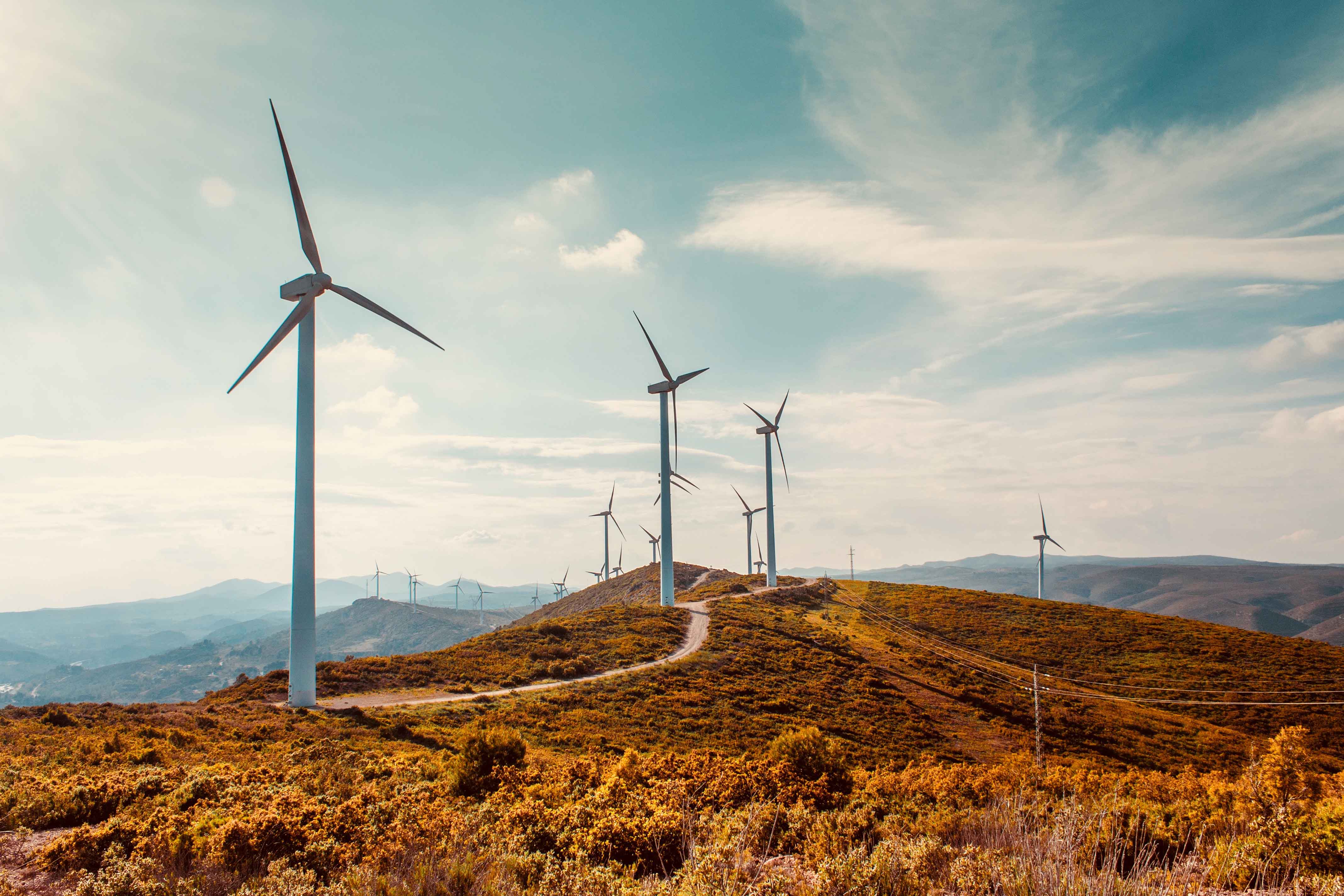
Global Energy Shortage
In recent weeks, both the global and Australian media has been awash with news reports related to the energy shortage impacting major regions and economies across the globe.
Gas prices recently hit an all-time high in Europe and Asia as a result of curtailed production, depletion of reserves (due to the unusually cold weather last winter) and recovering economies. The price of thermal coal has also soared to record levels driven by energy shortages across China, India and Germany.
The Brent crude oil price recently hit a three-year high, while the WTI crude oil price recently reached a 7-year high, driving growth in petrol prices across the globe including Europe, the UK, Asia and the US.
Closer to home, AustraliaŌĆÖs gas prices are soaring while coal producers are generating profits greater than ever before. The international ŌĆśNewcastle priceŌĆÖ for Australian thermal coal, which was below US$50 a tonne in September 2020, reached an unprecedented US$269 a tonne in early October 2021.
WhatŌĆÖs causing this global energy shock?
There is a multitude of factors impacting the energy shortage. While these factors differ by region, there is a flow on impact from one region to the next, creating a global effect without a single overall cause or driver that can be easily addressed.
At a high level, abnormal weather events have impacted production output and the depletion of reserves of both fossil fuels and renewable energy. There is also a mismatch between the wind down of the fossil fuel supply across many parts of the world and the appropriate investment in renewables to fill the gap and to cater for periods of abnormally high demand. Such a period is occurring now, whereby the northern hemisphere is coming into its winter season (requiring more energy for lighting and heating) coinciding with the opening up of economies and the increasing movement of people post COVID-related lockdowns.
ChinaŌĆÖs economic growth, insatiable demand for energy and a shortage in coal supply (which has been driven by lower production output at Chinese coal mines subject to more stringent operating laws and safety inspections), has created a perfect storm driving domestic coal prices to record levels. The high coal prices have in turn constrained output at coal-fired power plants that sell electricity at regulated prices, making them unprofitable. India is facing a similar situation, where coal-fired power plants are running low on coal stockpiles driven by a surge in power demand and competition to secure coal imports.
Across Europe, the reason for rising costs is a confluence of local factors, including low natural gas stockpiles and overseas shipments, lacklustre output from the regionŌĆÖs wind farms and solar farms, and maintenance work that has put nuclear generators and other plants offline.
The UKŌĆÖs energy crisis is primarily a gas crisis as the country is highly reliant on natural gas to provide heating in homes and to generate electricity. The country has been slow in its transition to renewable energy (estimated to represent circa. 15% of its energy mix) making it highly susceptible to global gas price shocks. The UKŌĆÖs exit from the EU means it can no longer trade with EU member states to share the impact of energy price shocks, while many European fuel truck drivers have now ceased driving fuel into the UK resulting in panic buying and shortages at petrol stations.
Being an energy producer and a net exporter of natural gas, the United States has been spared the worst consequences of the energy crisis even as petrol prices have increased to their highest level since 2014. Nonetheless, the global increase in demand and cost for natural gas and coal is expected to have a ripple effect on energy prices in the US this coming winter.
In Australia, oil and gas producers and coal miners are benefitting from the energy crisis affecting the northern hemisphere. While LNG supply is largely contracted on long-term supply agreements set at more conservative prices, producers typically hold a level of stock to offer into the spot market, generating higher returns during periods of strong prices. Further, the shortage in global gas supply (and the rising cost) has driven greater demand for thermal coal in the face of growing climate change concerns.
Notwithstanding the positives for Australia, the increase in crude oil prices coinciding with the re-opening of NSW and VIC post COVID-related lockdowns has seen petrol prices reach record levels in capital cities including Sydney, Melbourne and Brisbane.
The bottom line
While there is no crystal ball, the energy crisis in the northern hemisphere is certain to last the winter season, particularly if this coming winter is as long and harsh as the previous. Beyond that, a number of geopolitical, environmental and government policy factors will impact the severity and longevity of the energy crisis. This includes ongoing discussions by OPEC+ nations to increase oil production, Europe resolving its gas supply issues with Russia, China curtailing its energy consumption likely through reduced industrial output, and greater investment in new projects for both renewable energy and fossil fuels (which will be required to support the energy transition).
The crunch in the gas market is creating serious challenges for countries to continue their emission reduction efforts while at the same time needing to ensure there is enough energy to provide heating and to maintain necessary manufacturing and industrial operations. While avoiding or slowing the energy transition to cleaner energy sources is not the answer, the current crisis suggests the transition will take longer and be more complicated than expected.
If you would like to know more, please contact us here.
